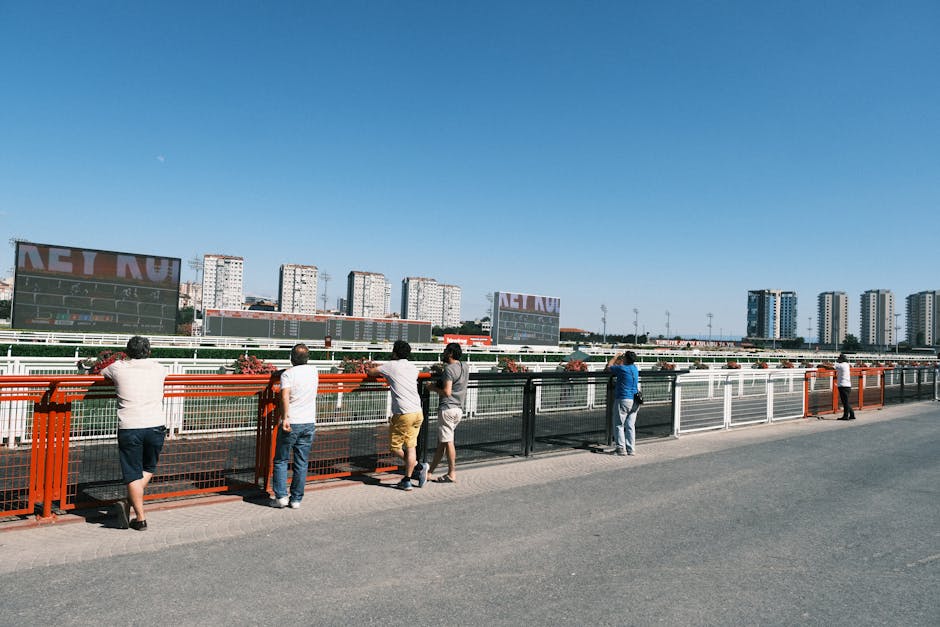The Familiar Scene of Frustration at the Toll Gate
The scene is all too familiar on Indian highways now. The summer sun beats down, the car’s AC is fighting a losing battle, and a symphony of angry honks fills the air. Up ahead, the boom barrier at the toll plaza stands stubbornly down. You have a valid FASTag and a healthy balance, but the little scanner flashes a dreaded red light. The reason? Your ‘Know Your Vehicle’ (KYV) status is incomplete.
Welcome to the latest chapter in Digital India’s chaotic rollout saga, where mandatory compliance has become a roadblock for millions.
The Promise vs. The Painful Reality of FASTag KYV
The government, in its infinite wisdom, recently mandated KYV compliance for all vehicles using national highways. On paper, the idea sounds almost reasonable: a unified digital profile for your vehicle, linking your Registration Certificate (RC), Pollution Under Control (PUC) certificate, insurance, and FASTag. The stated goal was to create a seamless, secure, and efficient tolling system.
The reality, however, is a classic Indian tragedy of good intentions mangled by bureaucratic apathy and shoddy technological execution. For millions of vehicle owners, the process of becoming KYV-compliant has been nothing short of a nightmare.
Why is the KYV Update a Nightmare for Drivers?
The official portal for updating KYV status is a masterclass in user-unfriendliness, frequently crashing or throwing up cryptic error messages. Citizens have spent hours, if not days, running from pillar to post, trying to get their documents in order, only to be met with the quintessential excuse: “Server is down.”
But the real misery begins at the toll gate. This is where the digital dream crashes headfirst into the asphalt of reality. The system is so riddled with glitches that even fully compliant vehicles are being flagged as invalid. The database sync between the central KYV portal and the toll plaza scanners seems to happen at a snail’s pace, if at all.
Stuck and Fleeced: The Double Toll Penalty Problem
So, you find yourself stuck. The toll operator, a hapless employee caught in the middle, just shrugs. “Sir, system shows KYV pending,” he says, pointing to his screen. Your protests are useless as the line of furious drivers behind you grows longer. You have two choices: reverse and create further chaos, or pay the penalty.
And here’s where being ‘stuck’ turns into being ‘fleeced’. The rule, designed to force compliance, dictates that non-KYV or blacklisted vehicles must pay double the toll fee, in cash. Thanks to a system failure that is entirely out of your control, you are forced to pay a penalty for a problem that the government’s own broken technology created. It’s a double whammy—a tax on your time and a fine for their incompetence.
Beyond Inconvenience: An Assault on Livelihoods
This isn’t just an inconvenience for families on vacation. For truckers and commercial vehicle operators, this is a direct assault on their livelihood. Every minute wasted at a faulty toll booth is money lost. Every wrongfully charged double-toll eats into their already thin margins, disrupting supply chains and impacting the economy.
Who is to Blame for the KYV Fiasco?
The blame for this fiasco is a hydra with many heads. Is it the ministry that pushed through a half-baked policy without adequate testing? Is it the tech vendor who delivered a subpar product? Or is it the siloed nature of our government departments, where the RTO, the NHAI, and the tech ministry seem to be operating on different planets?
We, the citizens, are not against technology. We embraced FASTag, we embraced UPI, and we will embrace any innovation that makes our lives easier. But we are tired of being treated as beta testers for half-baked digital experiments. We were promised a smooth ride on the information superhighway; instead, we’ve been abandoned in a bureaucratic traffic jam, paying a premium for the privilege of being stuck.




